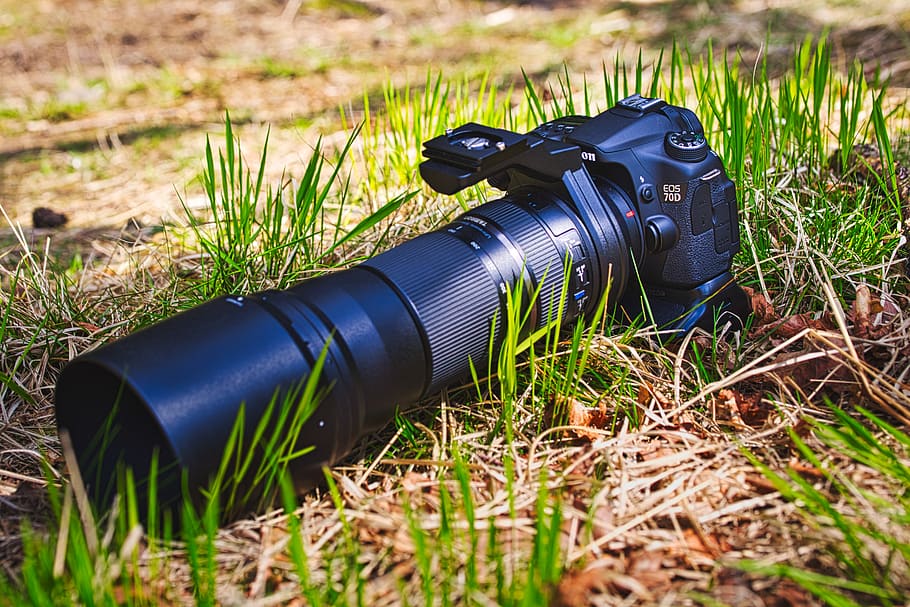All About the Hybrid Digital Camera
Summary
Features of the hybrid camera
The hybrid camera: the advantages of compact and SLR (single-lens reflex)
The disadvantages of the hybrid camera
Price of a hybrid camera
The compact with interchangeable lens
The hybrid digital camera, also called “mirrorless” or “compact with interchangeable lenses”, is a type of digital camera that falls between the compact and the SLR (single-lens reflex) camera, thus competing with the bridge. This family of cameras is quite large.
The hybrid camera is composed of the following:
- a small body, like a compact camera: small size and lightweight (less than 400g, generally 25% lighter than an SLR);
- interchangeable lenses, like an SLR.
The hybrid camera is always sold with a standard lens, called “pancake,” because of its round and flat shape.
Thus, it meets all types of expectations. You can indeed use it for your vacation photos as well as for more elaborate shots.
The hybrid is therefore aimed at a public wishing to broaden its experiences in photography. It corresponds to people wanting to switch to an SLR while keeping the simplicity of the compact.
Characteristics of the hybrid camera
We can make an inventory of the main characteristics of the hybrid camera:
- A large sensor: usually a micro 4/3 sensor (13*17.3 mm), which allows playing on the depth of field; that said, some cameras have a small sensor;
- An electronic viewfinder: no optical viewfinder, except for some models which offer it as an option;
- The compactness;
- Autofocus with contrast measurement: its quality is close to one of the reflex cameras, except for moving subjects;
- A quality video mode.
The hybrid camera: the advantages of the compact and the SLR

Good photo quality: thanks to the possibility of adapting the lens to the situation.
Good management of sensitivities: the camera allows one to take pictures in high sensitivity, that is, in low light, without significant loss of quality, unlike the compact.
The electronic viewfinder is more precise and more comfortable than the viewfinders of bridges.
Reactivity: the release time is almost instantaneous, although we note some weak with the video mode.
Practicality:
- Depending on the model, the hybrid camera can suit anyone: the general public as well as experts.
- Compactness: it is easily transportable thanks to its small body, unlike the bridge.
- Easy to use.
The options are fully disengageable, while the vast majority of compact cameras have automatic modes that cannot be changed.
It is possible to change the lens, unlike bridges and compacts.
Other advantages:
Aesthetics.
High-performance video mode.
The disadvantages of the hybrid camera
Most manufacturers have eliminated the eye-level viewfinder on this model type, preferring a less efficient screen. Thus sometimes the viewfinder is optional.
Lenses:
- They can weigh down the camera in a significant way.
- The SLR lenses do not fit this camera type unless you buy a ring.
- There is no optical zoom by default.
- The price: the hybrid is relatively expensive, mainly because of the additional lenses to buy (zoom, etc.).
Price of a hybrid camera
Several elements must be taken into account when buying a compact camera with an interchangeable lens:
the hybrid camera equipped with its so-called “pancake” lens: between $300 and $1,600;
the complementary lenses: between $150 and $1 300;
the optional optical viewfinder is about $200.
Read more:
- 2 Essentials of a Digital Camera;
- How to Use a Digital Camera;
- Camera: How to Use the Flash;
- How to Choose Your Digital Camera;
- 2 Key Gadgets for a Digital Camera;
- How to Choose Your Compact Digital Camera?
Hope this post has provided you with the information you were looking for. Remember to jot down a few words in the comments below.




